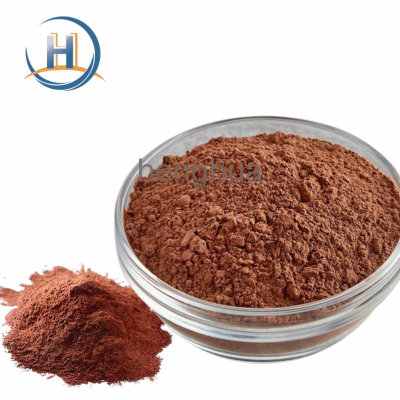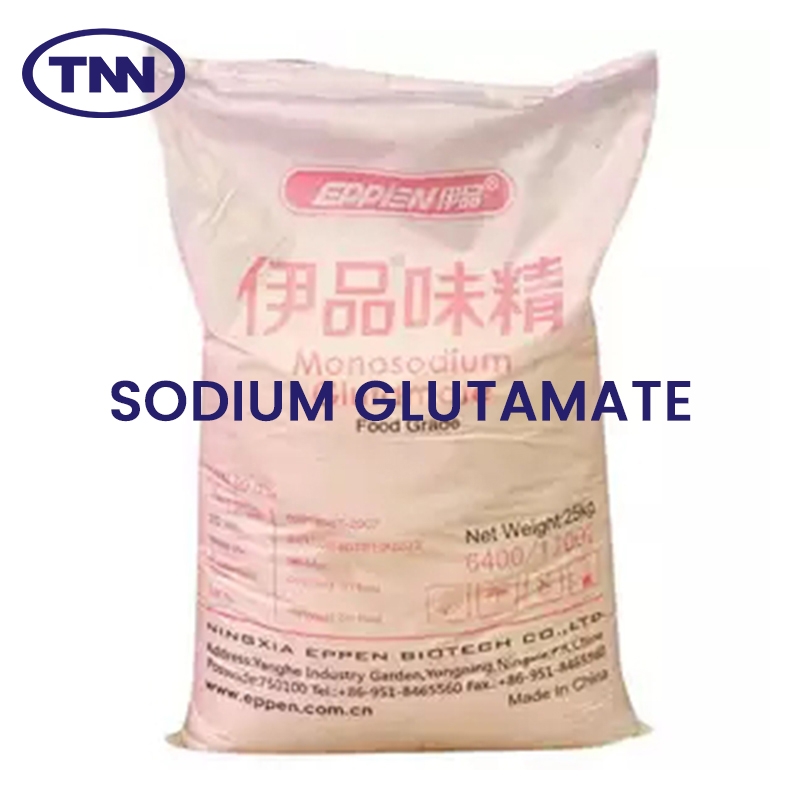-
Categories
-
Pharmaceutical Intermediates
-
Active Pharmaceutical Ingredients
-
Food Additives
- Industrial Coatings
- Agrochemicals
- Dyes and Pigments
- Surfactant
- Flavors and Fragrances
- Chemical Reagents
- Catalyst and Auxiliary
- Natural Products
- Inorganic Chemistry
-
Organic Chemistry
-
Biochemical Engineering
- Analytical Chemistry
-
Cosmetic Ingredient
- Water Treatment Chemical
-
Pharmaceutical Intermediates
Promotion
ECHEMI Mall
Wholesale
Weekly Price
Exhibition
News
-
Trade Service
1.
Basic situation
Basic situation
Wuyishan City is located in the northwest of Fujian Province.
It is dominated by hills and mountains, with a total area of 2,813 square kilometers.
It belongs to the mid-subtropical monsoon humid climate zone with excellent ecological environment
.
There are tea gardens with an area of nearly 150,000 mu
.
In recent years, Wuyishan City has adopted technologies such as intercropping tea gardens with specially selected nutrient-efficient green manure crops, and rationally applying organic fertilizers for tea trees.
Combined with the green prevention and control system of tea tree pests and diseases , it has improved the soil health indicators of tea gardens, optimized the ecological environment of tea gardens, and reduced the occurrence of tea tree diseases and insect pests.
The ecological chain system of "fertilization - pest control - tea garden management " realizes high-quality, efficient and green production of Wuyi rock tea without chemical fertilizers and without chemical pesticides
.
It is dominated by hills and mountains, with a total area of 2,813 square kilometers.
It belongs to the mid-subtropical monsoon humid climate zone with excellent ecological environment
.
There are tea gardens with an area of nearly 150,000 mu
.
In recent years, Wuyishan City has adopted technologies such as intercropping tea gardens with specially selected nutrient-efficient green manure crops, and rationally applying organic fertilizers for tea trees.
Combined with the green prevention and control system of tea tree pests and diseases , it has improved the soil health indicators of tea gardens, optimized the ecological environment of tea gardens, and reduced the occurrence of tea tree diseases and insect pests.
The ecological chain system of "fertilization - pest control - tea garden management " realizes high-quality, efficient and green production of Wuyi rock tea without chemical fertilizers and without chemical pesticides
.
2.
Main practices
Main practices
(1) Interplanting nutrient-efficient crops
.
By interplanting nutrient-efficient crops such as soybeans and rapeseed among the rows of tea gardens, the fertility needs of the soil of the tea mountain are met
.
From May to June of that year, after the spring tea was harvested, soybeans inoculated with high-efficiency nitrogen-fixing rhizobia were sown in the tea row, and calcium magnesium phosphate fertilizer was applied as the base fertilizer
.
From September to October, soybeans are pressed green and returned to the fields
.
From October to November, organic fertilizers are applied in tea gardens, and rapeseed seeds are sown in tea rows
.
From March to April of the following year, rapeseed greening is carried out during the flowering period of rapeseed or one month before the harvest of spring tea
.
.
By interplanting nutrient-efficient crops such as soybeans and rapeseed among the rows of tea gardens, the fertility needs of the soil of the tea mountain are met
.
From May to June of that year, after the spring tea was harvested, soybeans inoculated with high-efficiency nitrogen-fixing rhizobia were sown in the tea row, and calcium magnesium phosphate fertilizer was applied as the base fertilizer
.
From September to October, soybeans are pressed green and returned to the fields
.
From October to November, organic fertilizers are applied in tea gardens, and rapeseed seeds are sown in tea rows
.
From March to April of the following year, rapeseed greening is carried out during the flowering period of rapeseed or one month before the harvest of spring tea
.
(2) Apply organic fertilizer specially for tea trees
.
Under the condition that only one season of spring tea is harvested and the soil health is good, the tea garden can basically achieve nutrient balance by intercropping rapeseed + soybean
.
If intercropping is insufficient, from October to November, the tea garden should use an appropriate amount of organic fertilizer for tea trees to replace the chemical fertilizer, and use fertilization methods such as furrow fertilization to improve the utilization rate of fertilizer
.
.
Under the condition that only one season of spring tea is harvested and the soil health is good, the tea garden can basically achieve nutrient balance by intercropping rapeseed + soybean
.
If intercropping is insufficient, from October to November, the tea garden should use an appropriate amount of organic fertilizer for tea trees to replace the chemical fertilizer, and use fertilization methods such as furrow fertilization to improve the utilization rate of fertilizer
.
(3) Establish a pest control system
.
In production, technical methods such as "controlling insects with insects", "controlling mites with mites", and "controlling insects with mites carrying bacteria" are adopted, natural enemy insects and pathogenic microorganisms are used to control pests, biological agents and mineral preparations are used to reduce pest damage, and solar insecticidal lamps, sticky Insect boards and lures to destroy pests
.
.
In production, technical methods such as "controlling insects with insects", "controlling mites with mites", and "controlling insects with mites carrying bacteria" are adopted, natural enemy insects and pathogenic microorganisms are used to control pests, biological agents and mineral preparations are used to reduce pest damage, and solar insecticidal lamps, sticky Insect boards and lures to destroy pests
.
3.
Main Results
Main Results
In recent years, Wuyishan City has insisted on building ecological tea gardens with "no chemical fertilizers and no chemical pesticides", and built 2,000 mu ecological tea garden demonstration bases in Yanzihu and Dapingzhou, driving the construction of 60,000 mu of ecological tea gardens, optimizing the soil microbial flora of Chashan, and improving the The soil fertility reduces the pests and diseases of tea trees, improves the ecological environment of the tea garden, and achieves the effects of reducing emissions and increasing carbon, improving quality and stable production, and producing without chemical fertilizers and pesticides
.
.







